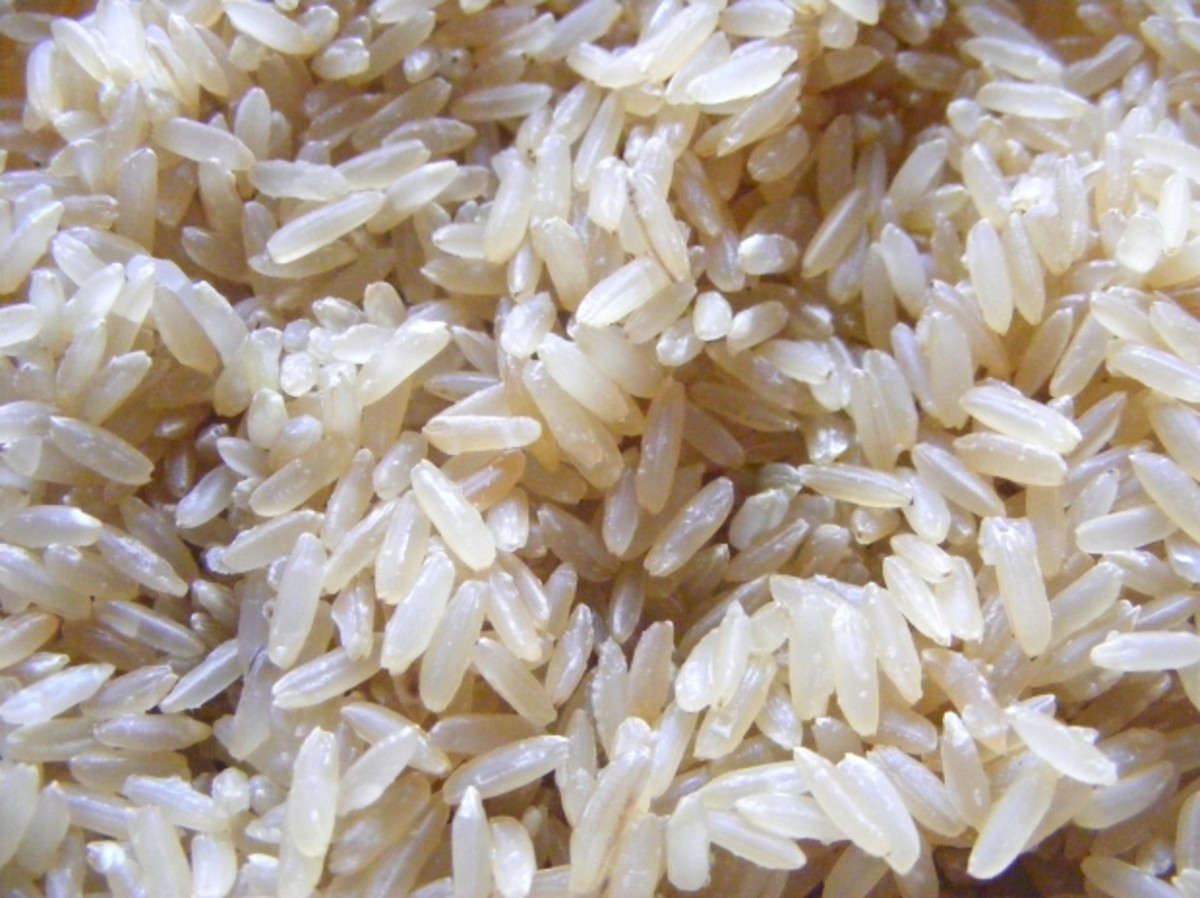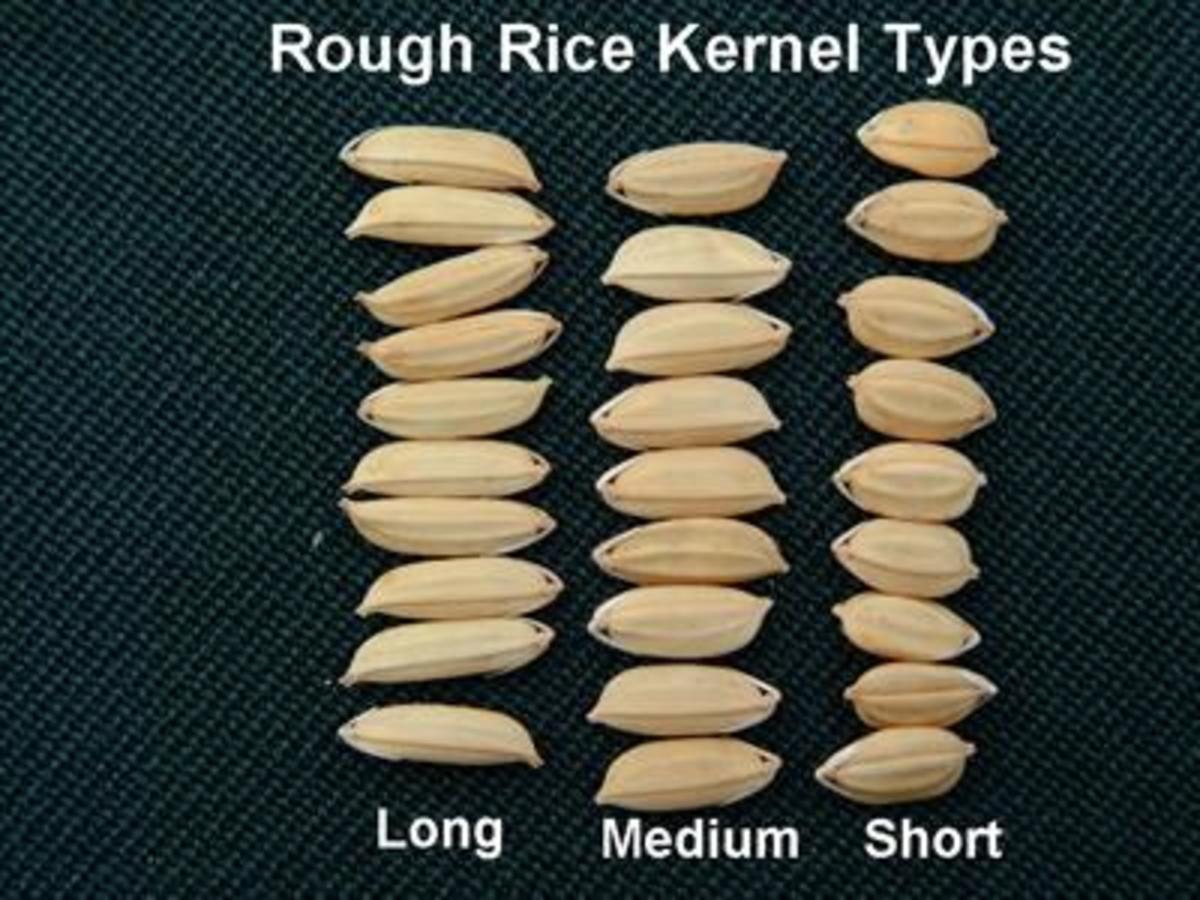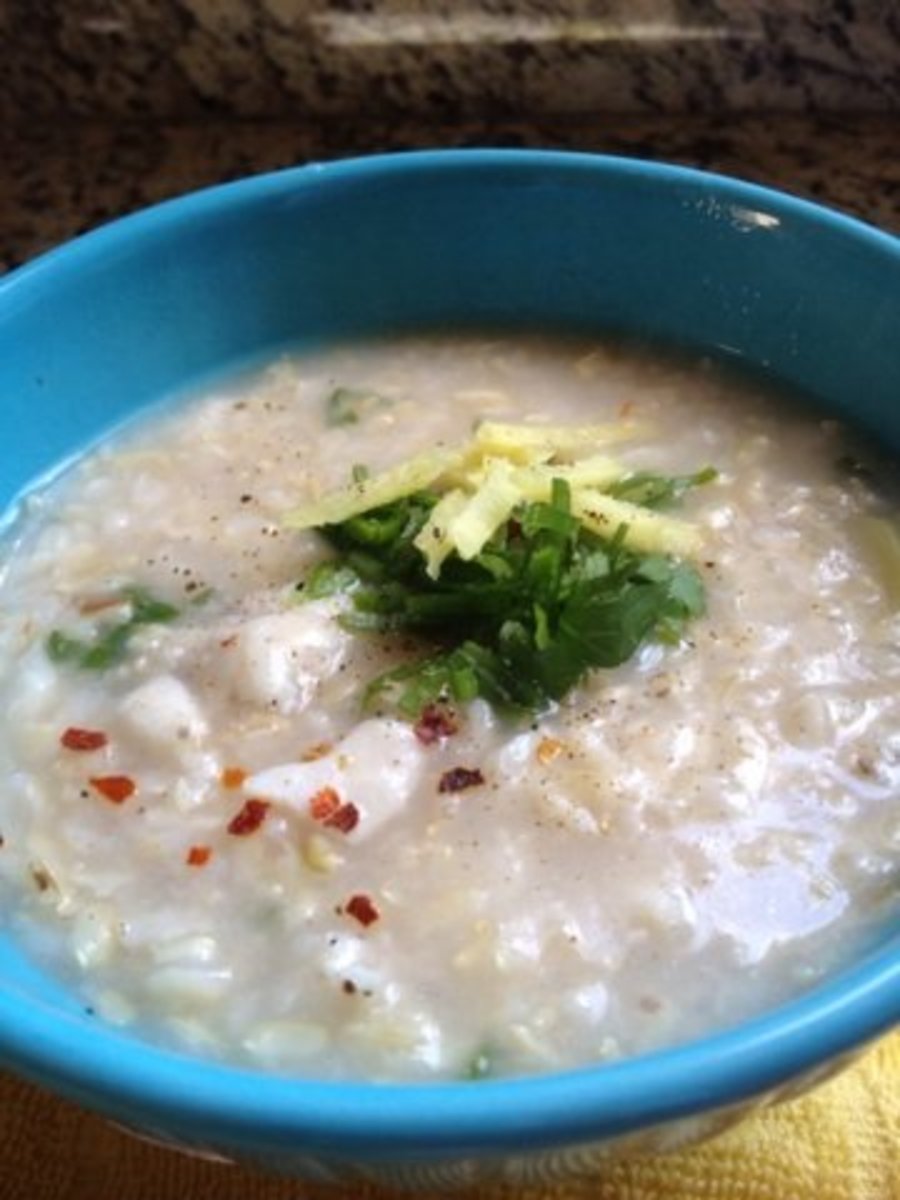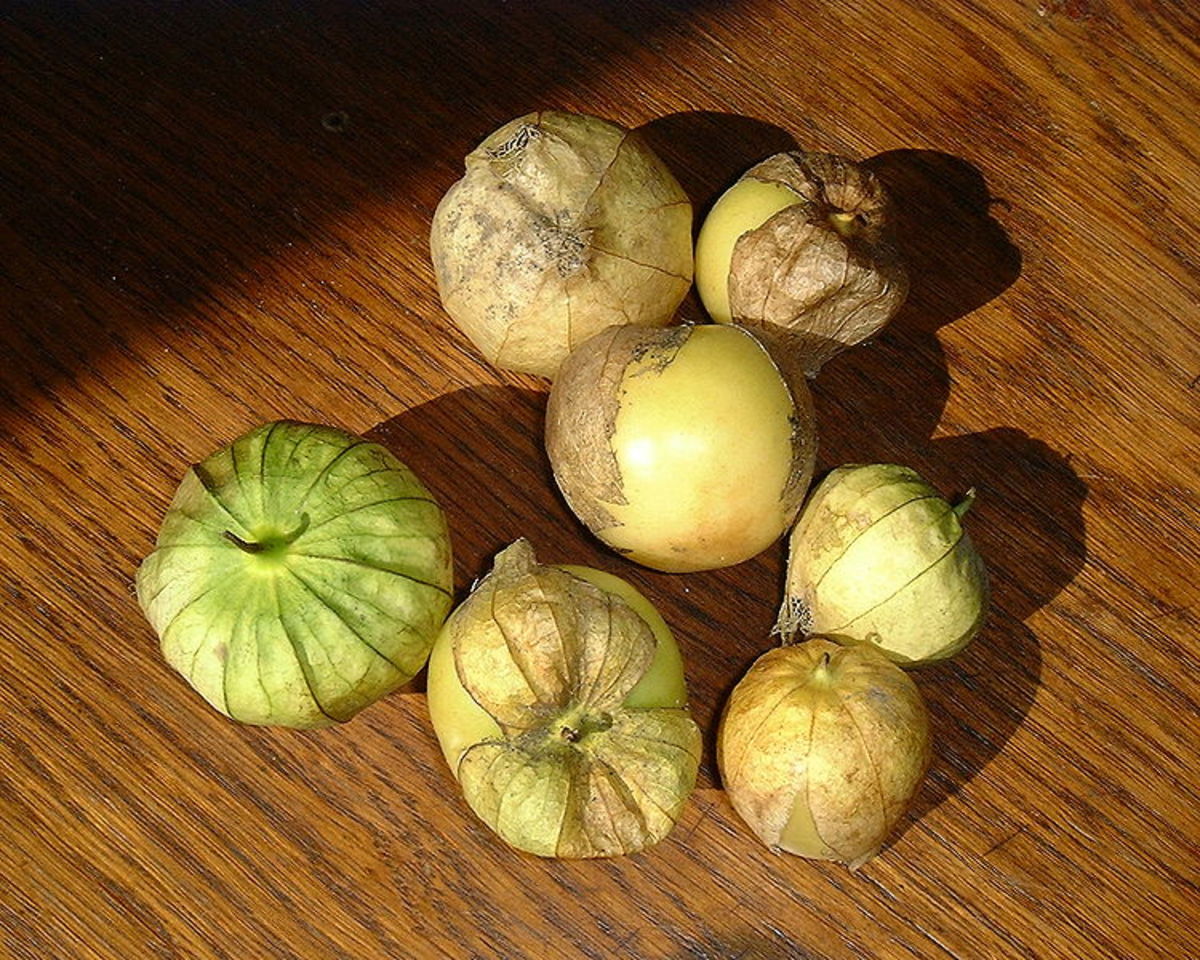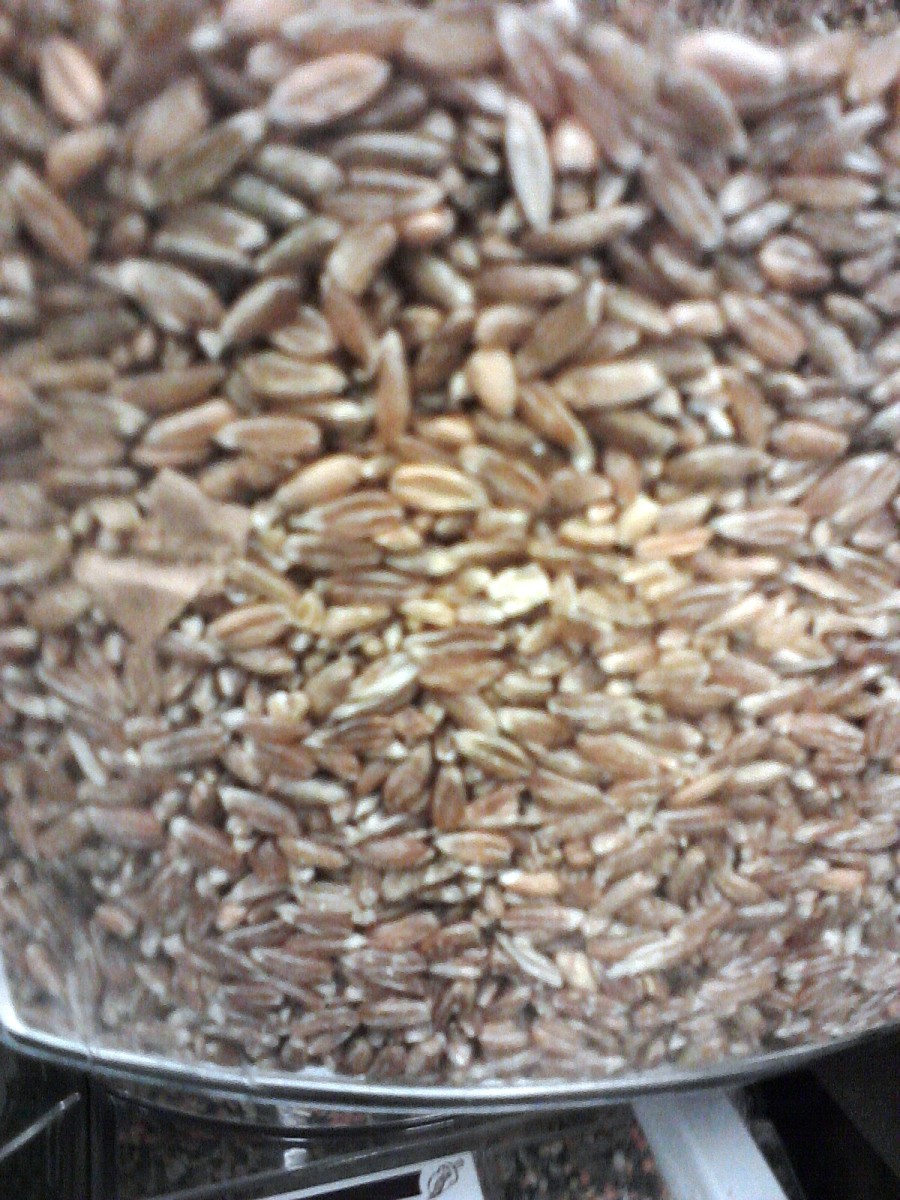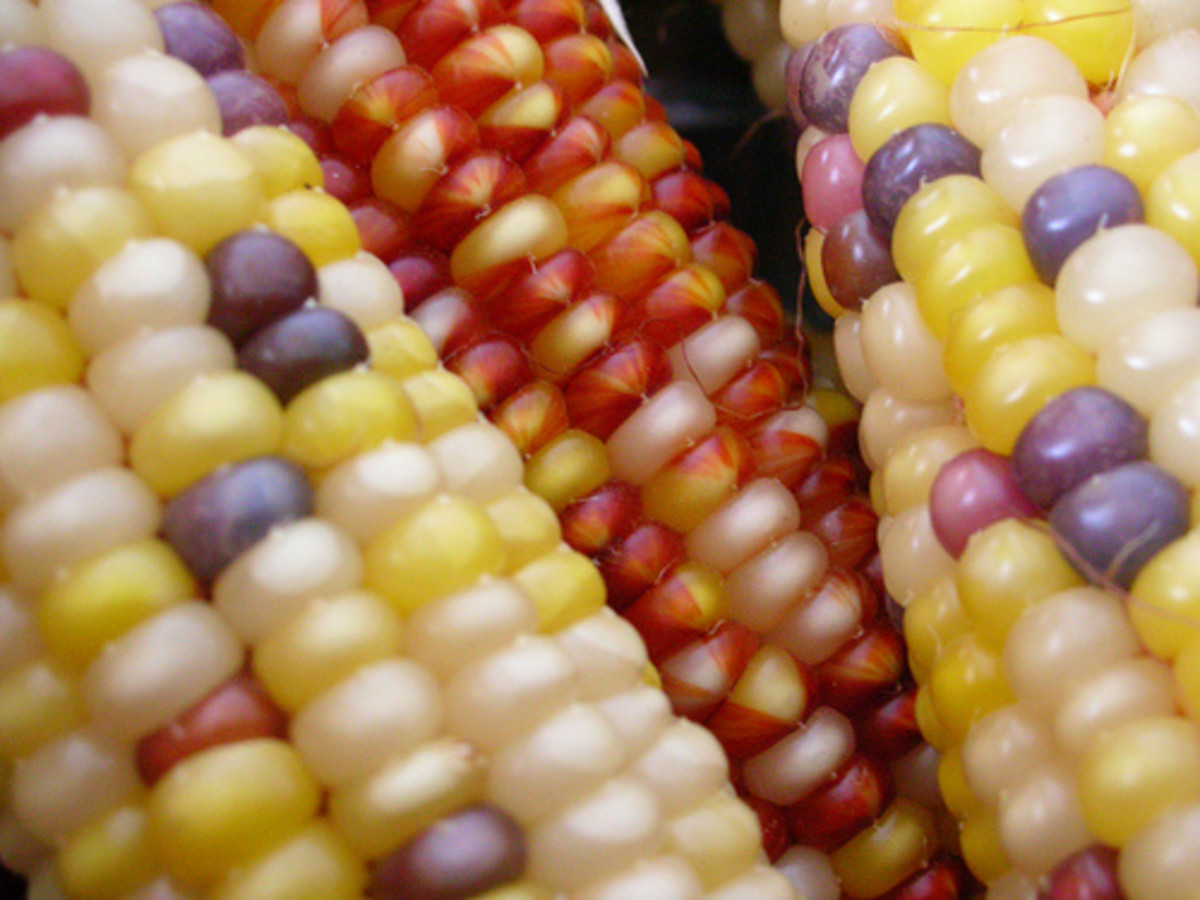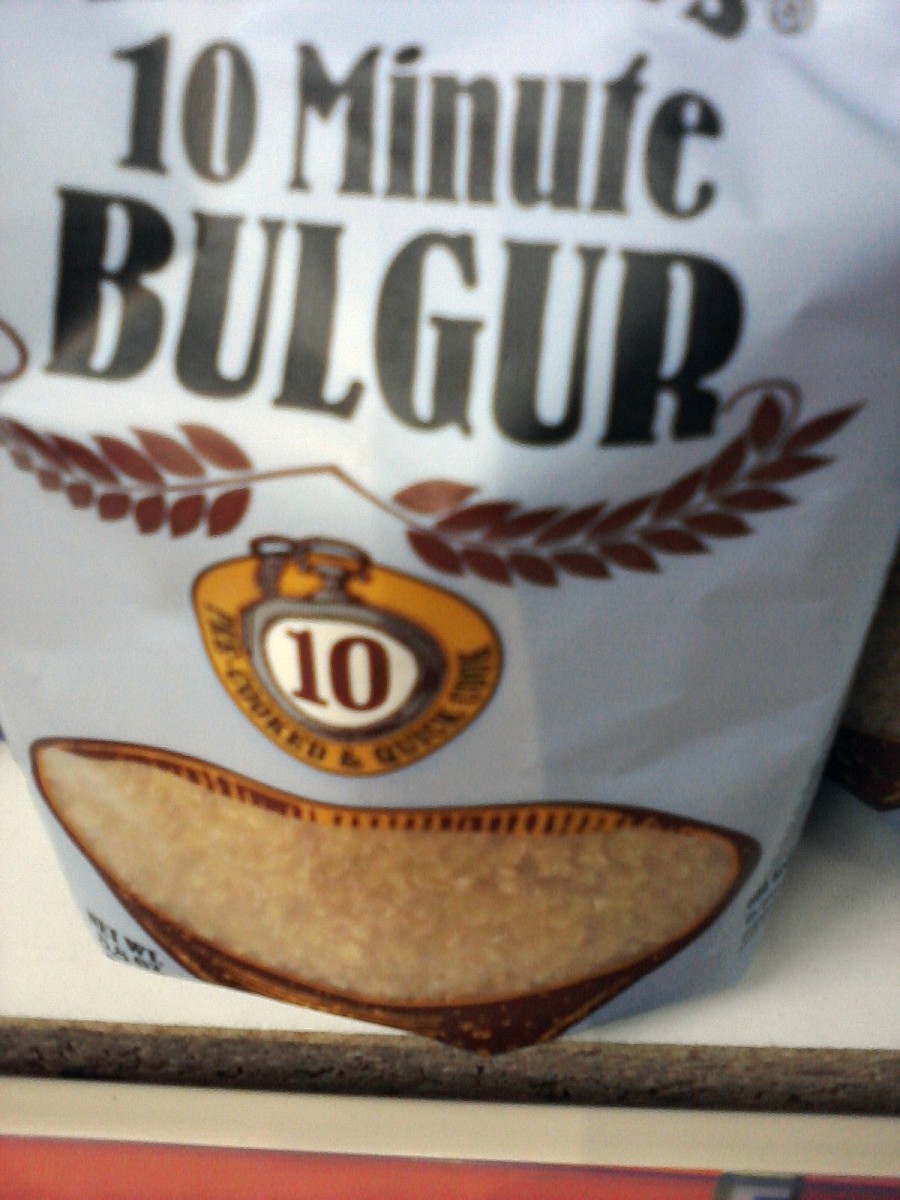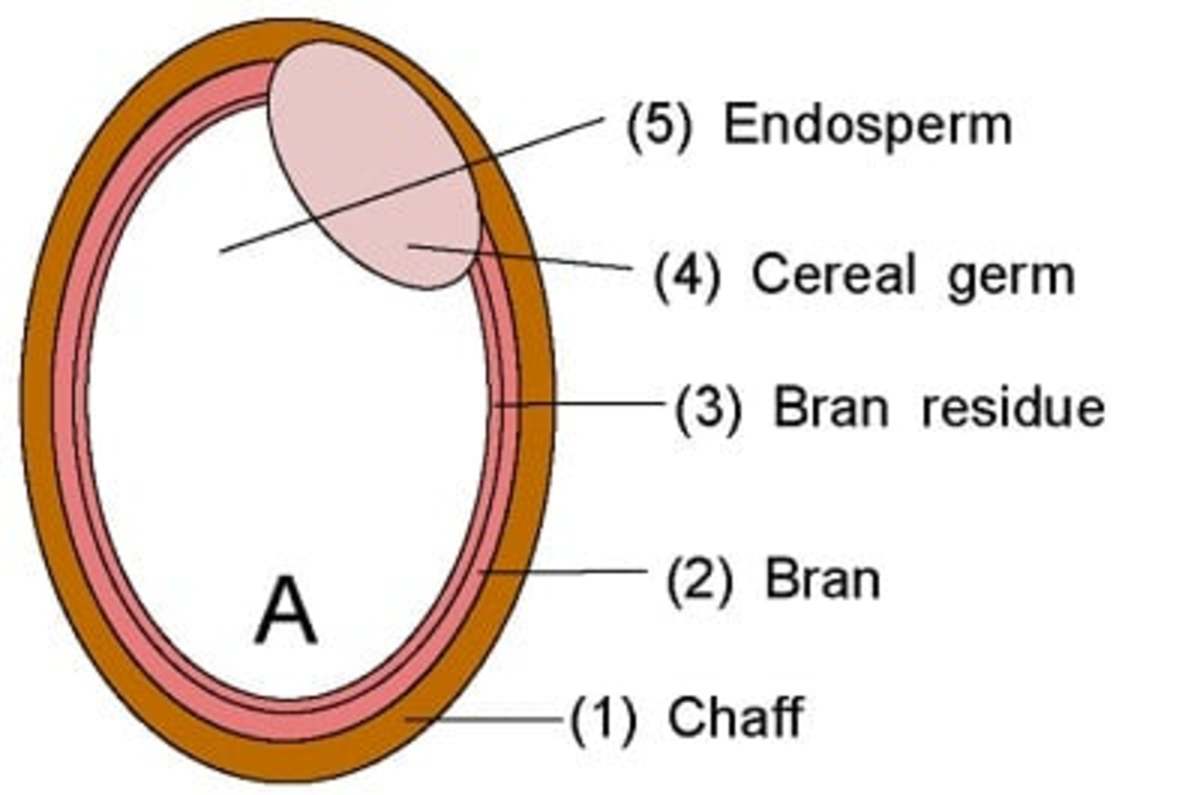How To Use Grains And Rice
Culinary Basics Using Rice and Grains
Another wonderful part of healthy culinary basics is using rice and grains to add nutrition to your diet. While it is important to count the calories that rice and grains bring to the diet, there are important nutrients found in both rice and grains.
A great way to add extra fiber and nutrients is to use brown rice.
Another great way to incorporate more grains into your diet is to switch to one of the many available whole-grain pastas. It may take a little bit of time to fully accustom yourself to their taste or texture, but once you learn to cook them properly, I think you’ll enjoy them as much as their white flour counterparts.
There are also many other grain pastas that do not contain wheat. It seems these days, the sky's the limit.
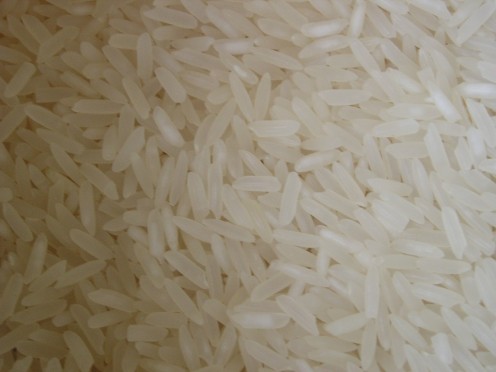
The Many Faces of Rice
There are many delicious forms of rice and all require just a bit different cooking style, most notably in the water to rice ratio and in the case of arborio rice (or risotto) a little different technique. All are, however, easily prepared and can be enhanced by many foods and used in many recipes.
For all kinds of rice, let stand 15-20 minutes after done cooking and then fluff with a fork.
THERE ARE MANY KINDS OF RICE
- Long-Grain Rice – Most common perhaps and results in separate, fluffy grains. Simmer this rice using 1 part rice to 1-3/4 parts liquid. Simmer covered for 15 minutes dependent upon how soft you want the rice.
- Short- or Medium-Grain Rice – This is a shorter and starchy version of long-grain rice. It also sticks together when it is cooked. Rinse prior to preparing if you would like a less sticky rice. Simmer this rice using 1 part rice to 1-1/2 parts of water. Simmer covered for 15-20 minutes.
- Wild Rice – Very popular – it is dark and is actually almost black. It is said to be a grass rather than rice. Boil this rice in water until tender or simmer covered with 3 parts liquid to 1 part rice for 1 hour.
- Basmati Rice – This is also a long-grained rice and is a fluffy, aromatic rice that is not sticky. Simmer this rice 1 part rice to 1-3/4 parts liquid for 15 minutes.
- Arborio Rice – This is a fat little rice that cooks basically absorbing liquid until it is done; you keeping adding more liquid until the final result is a plump, tender rice. It is easier to cook this rice in a skillet – you can brown it a little bit before beginning to add liquid to add flavor. Combine the rice with liquid and bring to a simmer, moving the rice around in the skillet until it absorbs that liquid, then add more simmering liquid and repeat the process until you have a creamy rice – about 30-40 minutes.
- Brown Rice – Perhaps the most nutritious rice as it still has bran coating. This is a chewy rice that is rather nut-like in flavor. It goes well with many proteins as a side or as a meal. Simmer this rice covered – 1 part rice to 2 parts liquid – simmer for 45-60 minutes.
Healthy Culinary Basics Using Grains
There are many different grains to choose from as well and each grain is good for certain elements needed in a well-balanced diet.
POPULAR GRAINS
- Corn – This is one of the most popular grains worldwide. It can be eaten off the cob (as it naturally grows) or ground into meal (cornmeal) and used in popular foods such as bread or tortillas. Popcorn is actually the whole grain – the ground varieties degerminated.
- Rice – As above, this grain comes in many different varieties and is the other most worldwide consumed grain at present. Long-grain rice is fluffier than short-grain; brown rice is traditionally felt to be more nutritious as it contains vitamins and minerals, and wild rice is somewhere in between. (see above)
- Wheat – This grain is used from everything to bread to pasta and couscous. There are many different kinds of delicious wheat pasta available today. Kernels of wheat are called bulgur or wheat berries and are highly nutritious.
- Barley – This is a wonderful grain that generations before us were familiar with. It is a wonderful adjunct to add to soups or use much as you would rice in any recipe. It can also be mixed with oats for a wonderful breakfast cereal! Pearled barley is processed while there is a version that is whole grain and has more vitamins, fiber and minerals. Barley is great to add to stews, hot cereals, and casseroles. It also is used for salads and stuffings!
- Buckwheat – This is what Kasha comes from – and is used in many burgers, casseroles or pilafs. This is a highly nutritious grain and makes to-die-for pancakes! It can be eaten whole, cracked, toasted or hulled which means it has been processed.
- Millet – This is a small grain and is the same grain that is a favorite of bird-lovers/bird feeders. It has a very mild but nutty flavor – it can be used as well in pilafs or in salads, cooked as cereal or mixed in with pasta.
- Quinoa – This grain is similar to millet in that it is very small. It has a very slight flavor to it and is a great source of protein. It is best cooked. It can also be used in pilafs, soups, etc. It is interchangeable with any dish you would use rice in.
- Oats – Oats have gained great popularity in the past few years because of the associated health benefits including lowering cholesterol and aiding in preventing heart disease, increasing fiber in the diet, etc. Oats come in several forms – quick cooking are the most processed, but they also come in the rolled state (still processed but not quite as much) and steel-cut oats. These are a wonderful way to incorporate grain into your diet as they make a wonderful cereal or combined with regular oats or barley, they make a very satisfying combination. Steel cut oats usually are soaked before using.
Culinary Basics - How to Cook Grains
Rinse 1 cup of any grain in cold water (except rice - see above instructions). Add 2 cups of cold water (or other liquid) to a pot and then bring to a boil. Stir the drained grain into the boiling water, cover pot and turn heat down to keep the water simmering but not boiling. Don’t stir – don’t uncover until cooking is completed – let stand for 5-10 minutes before taking off lid.
Quinoa uses less water to cook – 1 cup of quinoa to 1-1/2 cups of water or liquid
Whole grains take longer to cook obviously than those that are processed. Brown rice takes far longer to cook than white rice.
SUMMING IT UP
There are several other grains as well – investigate them and see which ones you like most and would be a good addition to your diet.
There are many cookbooks available on grains and how to cook them best or experiment with them. Enjoy the exploration as they are truly part of the healthy culinary basics!
You can find more info at this website.
- Culinary Basics: Healthy Cooking With Beans
Beans are one of the healthy culinary basics found in a kitchen aimed at preparing healthy recipes while sharpening your culinary talents. Using beans to create healthy recipes is one way to effectively... - Culinary Basics: Ingredients - Using Beans
Knowing Beans About Beans There are many different kinds of beans available to us dried beans or already cooked/canned. However, to understand more about the culinary basics using beans, here is... - Culinary Basics: How to Grow Bean Sprouts
Beans are not only part of healthy culinary basics, they are also versatile. From the humble little shriveled and dried up pellet, you can make delicious and nutritious sprouts and add even more nutrients to... - Culinary Basics Using Beans - Tortilla Bake
Culinary basics using beans would not be complete without a recipe! This recipe is from an old cookbook of mine from Williams and Sonoma I purchased it years ago for bean and rice recipes and it is... - Easy Way to Cook Basmati Rice
Basmati means - How to Cook Rice in Electric Rice Cookers
Cooking rice in a rice cooker without overflow and that welded brown crust in the bottom -- grain combinations and adjusting for different rice types. - The Body Ecology Diet Grains: Quinoa, Amaranth, Mil...
The Body Ecology Diet was developed to improve health, and cure and prevent disease by improving the bodys internal environment through nutrition. The BED only allows 4 grains: amaranth, quinoa, millet, and buckwheat. - Help Your Budget And Your Body With Brown Rice
That subtitle comes from the practice in martial arts of using an attacker's own power against him. When it comes to both food and money, the same principle all too often applies: If we are well off, we often... - How to Cook White and Brown Rice in the Microwave
Rice cooked in the microwave may not be any quicker than cooking rice conventionally, but using this method means less messy saucepans to wash up! It also gives you separate fluffy grains every time, whether...



